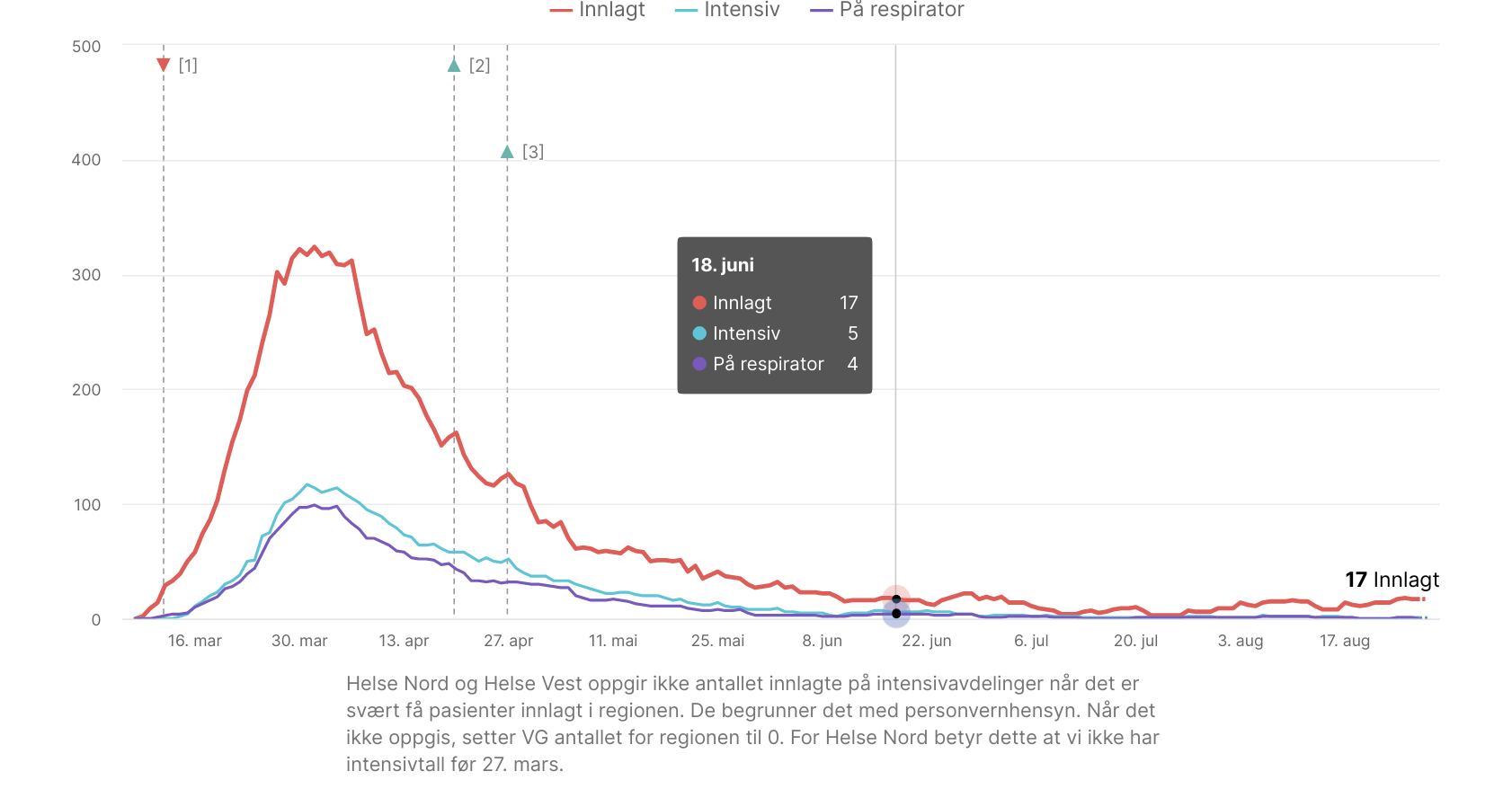

Image captured from the Center for Strategic and International Studies, Southeast Asia COVID-19 Tracker, May 21, 2020.
GCQ is, in a nutshell, a less strict version of ECQ. The inter-agency task force for the management of emerging infectious diseases defines ECQ as the implementation of temporary restrictions on the mobility of people, strict regulations of industries, and a heightened presence of uniformed personnel.
Executive Order 112, signed on April 30, 2020, was issued to further extend the ECQ in identified high-risk areas and a general community quarantine (GCQ) in the rest of the country. Other parts of the country have also been under some degree of quarantine at different periods since the appearance of local transmission. The President of the Philippines imposed a total lockdown called enhanced community quarantine (ECQ) for the entire island of Luzon, which encompasses eight administrative regions, including the national capital region, from March 15 to April 30. Inherent in the death statistics is the capacity of a country to conduct COVID-19 tests, which means that there should be a sufficient number of test kits available and that the health workers are properly trained to conduct the tests, trace the contacts, and isolate identified individuals. This could be attributed to several factors, including whether the country’s health system can handle the overwhelming demand for health care due to the COVID-19 crisis and how effective the government’s response is in stemming the spread of this new pathogen. It is quite alarming that among the ASEAN countries, the Philippines had the second-highest mortality due to COVID-19, next to Indonesia (as per May 5 date by the WHO COVID-19 Dashboard). As of May 21, the number of cases of COVID-19 has risen to 13,434 and the number of deaths attributed to the virus increased to 846, according to the Philippine Department of Health COVID-19 Case Tracker. We just have to wait for our turns to be vaccinated.The first case of COVID-19 in the Philippines was reported on January 30, 2020, and local transmission was confirmed on March 7, 2020. “More vaccines will arrive, we are sure of that. But while we do this, the government is prioritizing healthcare workers as they are the most exposed and the most at risk of getting Covid,” National Task Force Against Covid-19 chief implementer and vaccine czar secretary Carlito Galvez said. Our goal is still to ensure that everybody will be vaccinated. Vaccines are being rolled out to medical frontliners, and last week the Department of Health urged people who were not health care workers to refrain from jumping the queue. The Philippine National Police has deployed thousands of officers in checkpoint areas to help enforce the rules, according to a PNA report. Gatherings of more than 10 people outside are not allowed, and non-household members cannot gather indoors, the government said.ĭiners are not allowed to eat in restaurants, although take-out and delivery services can go ahead. The measures include a curfew from 6 p.m. That’s a blow for the Philippines, where more than 90% of the population are Christian, according to the CIA World Factbook. Religious gatherings are not allowed during the holy week. The lockdown begins Monday, and runs until April 4 – or Easter Sunday, a day when Christians often celebrate with special church services. Filipino Catholics wearing facemasks and face shields carry palm fronds as they pray outside a church to celebrate Palm Sunday on Main Quezon city, Metro Manila, Philippines.


 0 kommentar(er)
0 kommentar(er)
